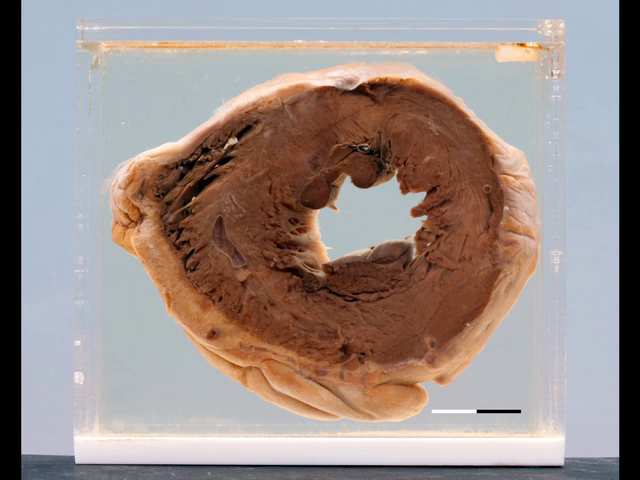DNA released by damaged heart cells triggers inflammation and cardiac failure, new reseach has shown.
Writing in Nature this week, Kings College London researcher  Kinya Otsu and his colleagues first demonstrated, using animals with heart failure, that DNA accumulates in the affected cardiac tissue.
Kinya Otsu and his colleagues first demonstrated, using animals with heart failure, that DNA accumulates in the affected cardiac tissue.
Knocking out the enzyme Dnase2a, which breaks down redundant DNA in cells, also produced mice prone to fatal heart failure. Studies on the animals' failed hearts also showed a dense infiltration of the tissue with immune cells, and the accumulation in the cells of pieces of DNA that appeared to be in the process of being broken down.
But the DNA wasn't from the nucleus, the team found. Instead it was from the mitochondria, the structures inside cells that burn fuels to produce energy. Mitochondria are originally descended from primitive bacteria, which teamed up symbiotically with cells over a billion years ago, providing energy in return for shelter and protection.
The evidence for this relationship is that mitochondria still contain their own DNA sequences, and like the bacteria from which they are descended this DNA is circular. And because it resembles bacterial DNA, this mitochondrial DNA can also triggers an immune response by binding to anti-bacterial detectors called Toll-like receptor 9 (TLR-9) receptors on immune cells.
The stress of heart failure, it seems, causes the cardiac cells to accumulate rather than break down this DNA from their defunct mitochondria. The ensuing inflammation further stresses the tissue, exacerbating the heart failure.
Predictably, knocking out TLR-9, or blocking it with a drug, reduced the severity of the heart failure.
According to Otsu, "When mitochondria are damaged by stress, such as during heart failure, they become a problem because their DNA still retains an ancient bacterial fingerprint that mobilises the body's defences."
Blocking this effect in humans, the scientists speculate, could hold the key to future treatments for a condition affecting three quarters of a million people in the UK alone.










Comments
Add a comment